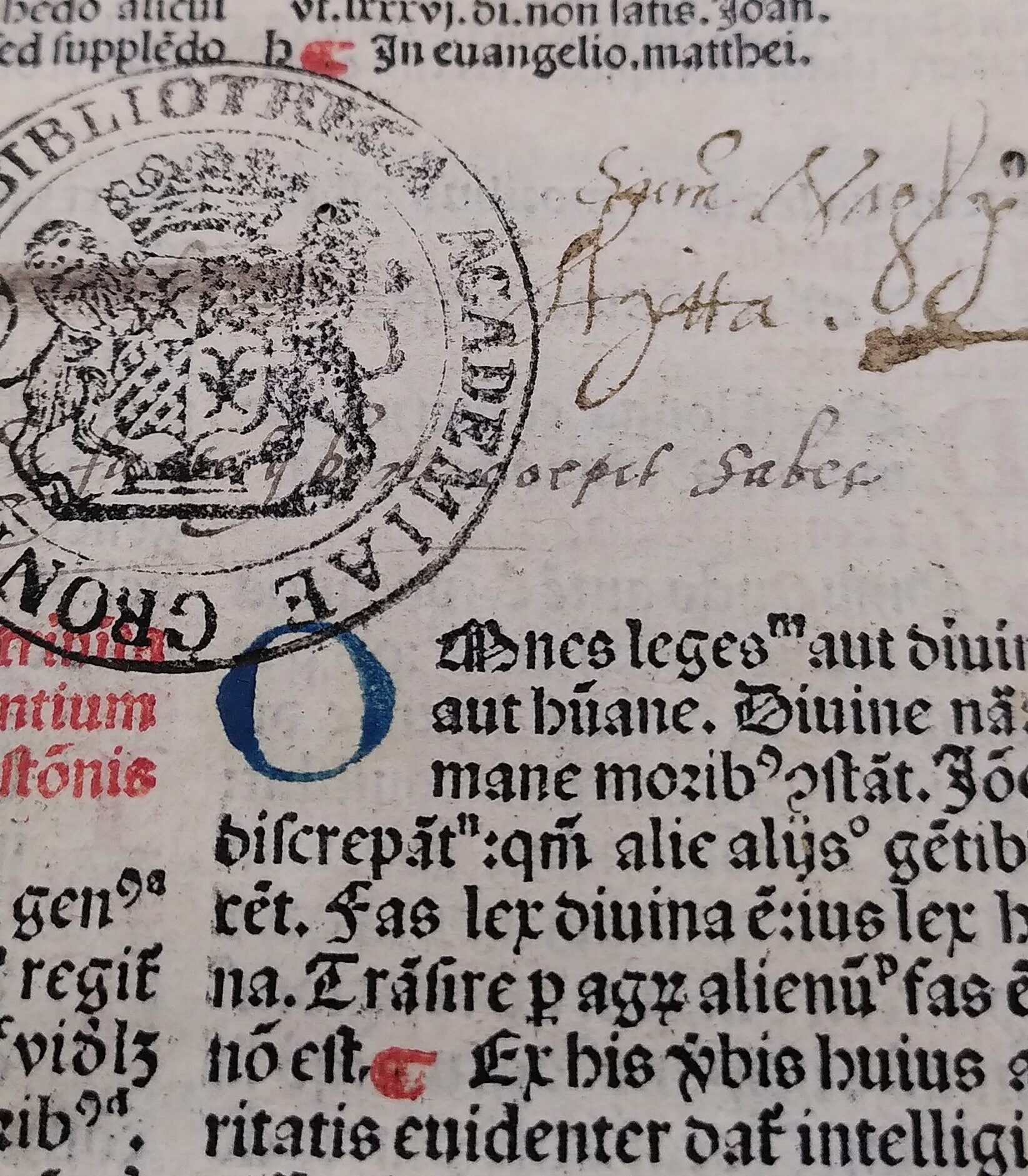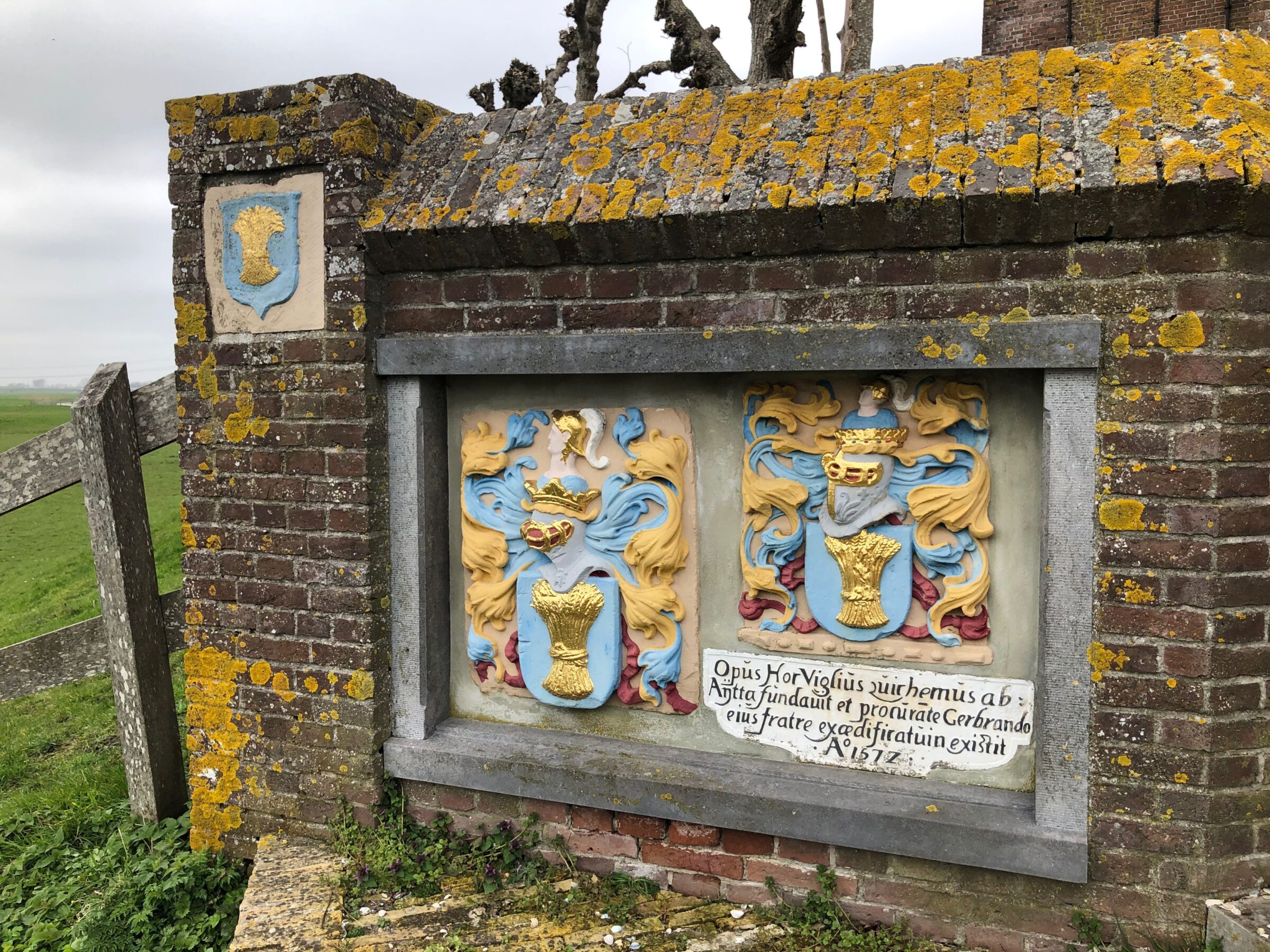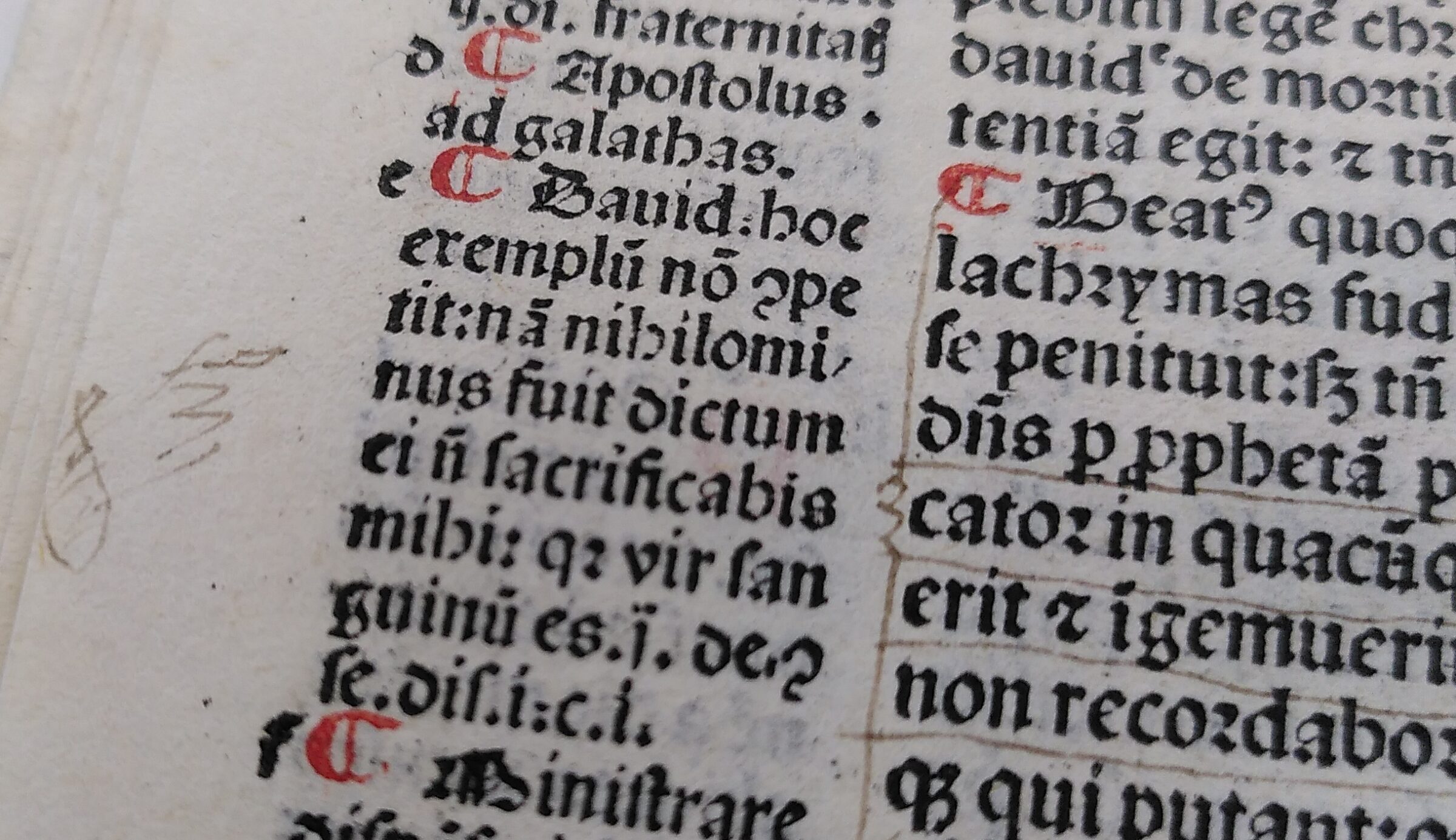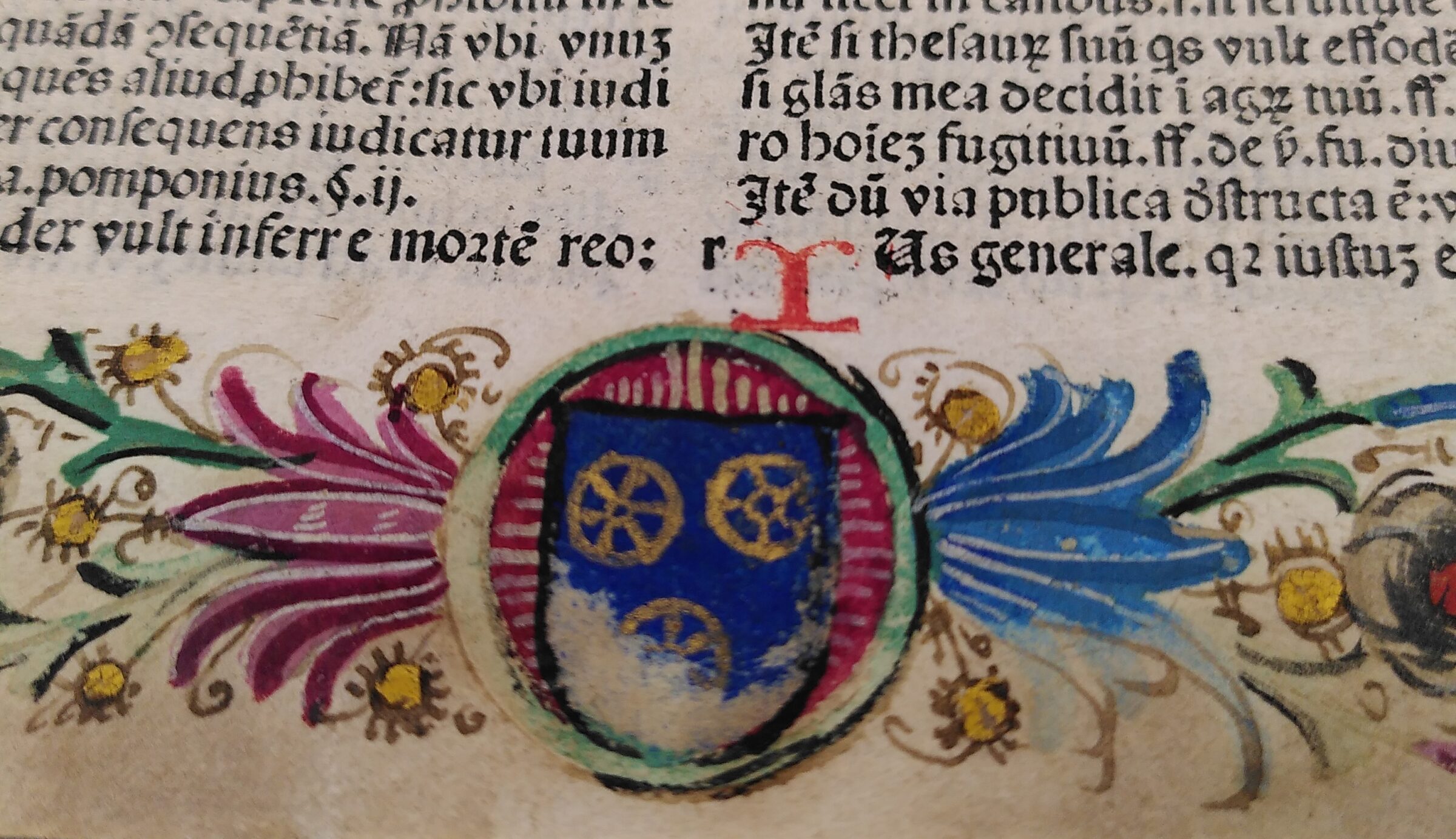These days, the Grand Theatre can be found here on the corner of the Grote Markt and the Oosterstraat in the city of Groningen. In the 19th century, this was the location of an inn called Het Wapen der Zeven Provinciën, where a group of students met up in early 1815. They wanted to establish an official student association, where they could meet and collaborate, and where they would be taken seriously as a group of citizens of the city. This is where, on 4 February 1815, they established the first student association in the Netherlands: Vindicat atque Polit, or simply Vindicat. Jacob Baart de la Faille was one of the students who was present at this first meeting. For many years, he owned this law book, the Decretum.

In other words, Jacob already had an impact on the Groningen community while he was a student, but later on, he also became professor of medicine and rector magnificus of the University. Besides, he was not only a member of Vindicat but also of another private society: the Freemasons.He was even chair of the Freemasons lodge in Groningen, the L’Union Provinciale, for eleven years. One day, when Jacob stumbled upon this copy of the Decretum, a note on its first page must have caught his eye. On that page was written, in elegant, curly handwriting: sum Viglii ab Aytta (I belong to Viglius van Aytta). Jacob knew that name well, as did most people at the time who were interested in history. Jacob added a note to the beginning of the book that he donated his Decretum in 1840 to the University of Groningen Library and that this copy was special because it had been owned by ‘our famous’ Viglius van Aytta.
Viglius (Wigle) van Aytta was definitely famous. He was born in 1507 to a rich family in Wirdum near Leeuwarden. He was soon taken in by his uncle, who lived in nearby Swichum. Viglius’s uncle was a lawyer and Viglius decided to study law in Louvain. He went on to become a famous and powerful politician, who was mainly known for his activities abroad. He was a close personal advisor to the emperor Charles V, who appointed him president of the Privy Council at Brussels in 1549 and president of the Council of State in 1554. Considering his education and offices, it is no surprise that Viglius was interested in the Decretum, as this was an important law book.

This copy was printed in Venice in 1486, but the Decretum was originally written by Gratianus in Bologna around 1140. His aim was of major importance: to solve the apparent contradictions in canon law.Hence, the text was used for centuries as an official code in courts, until 1917.

At least one reader carefully read through this entire copy: many sentences have been underlined, and there are tiny scrawly notes in the margins. Every now and then, there is a fun detail: a drawing of a little hand or maniculawhich points to important or interesting passages to highlight them. Is this the hand of Viglius van Aytta?

The pages of this copy of the Decretum contain a few mysteries. On the lavishly decorated first page, for example, there is a coat of arms surrounded by curling plant patterns. The coat of arms contains three gold wheels on a blue background. Which family did it belong to? There are a number of coats of arms that look like it, but they are not identical. So this image is still hiding the identity of a mysterious third owner.
Author: Kjelda Glimmerveen







